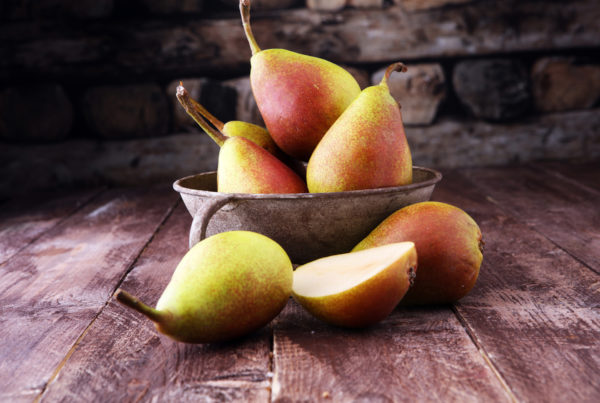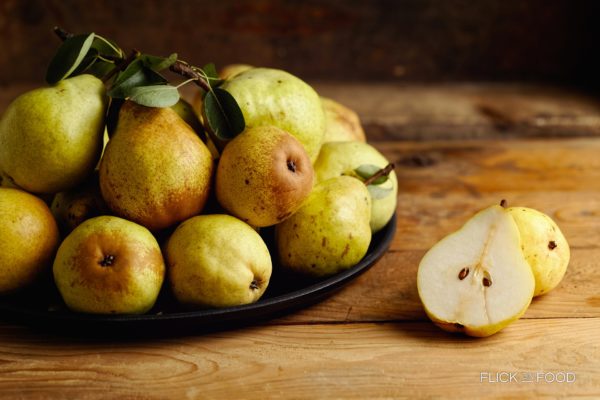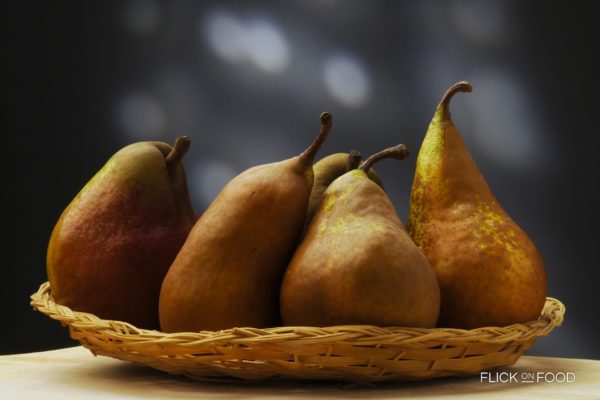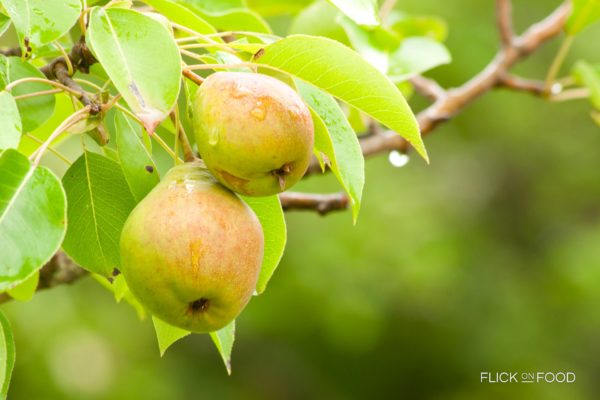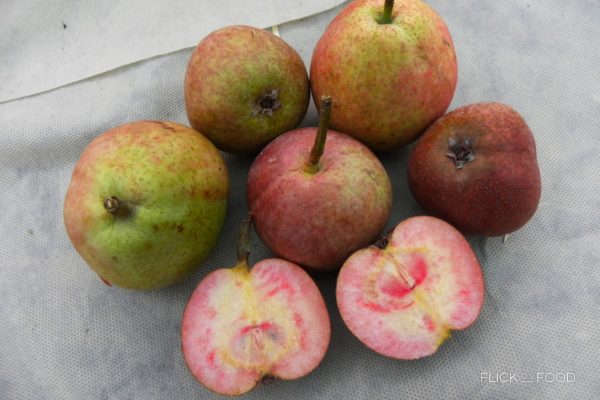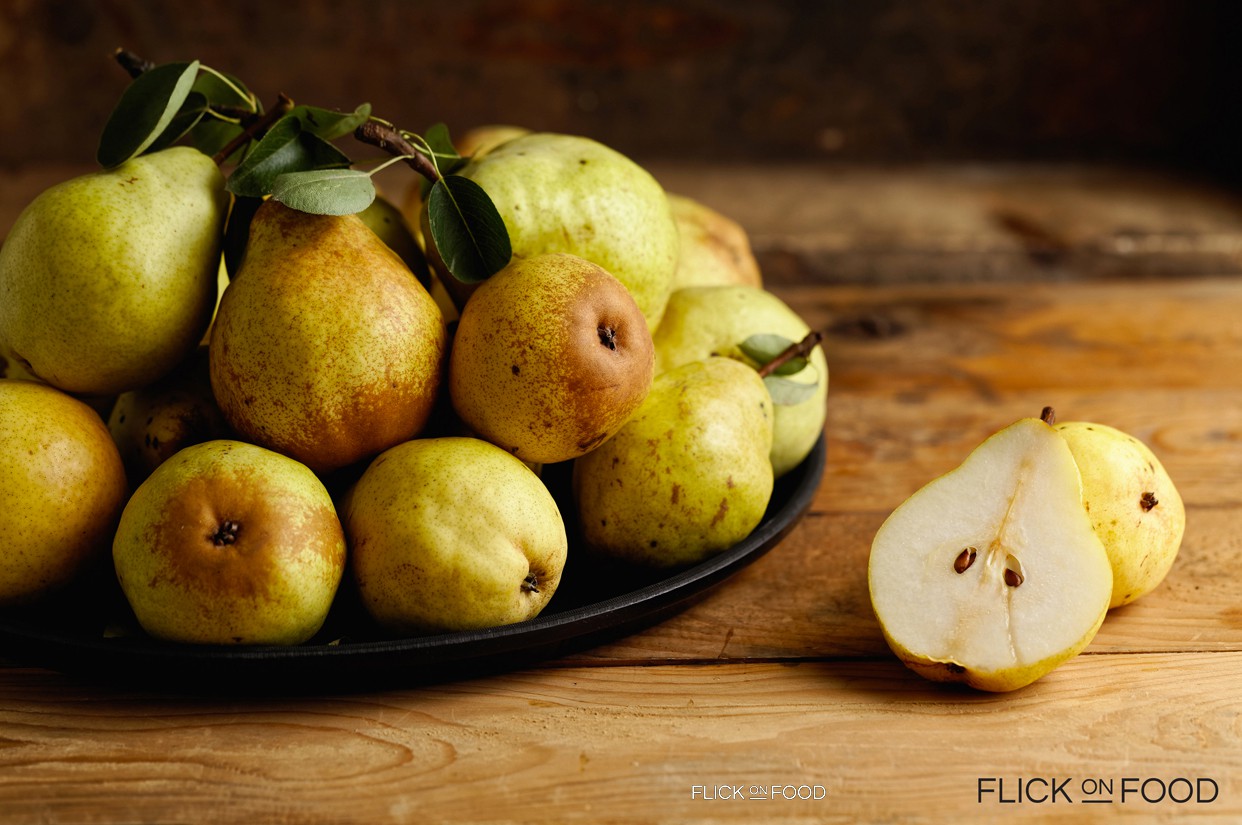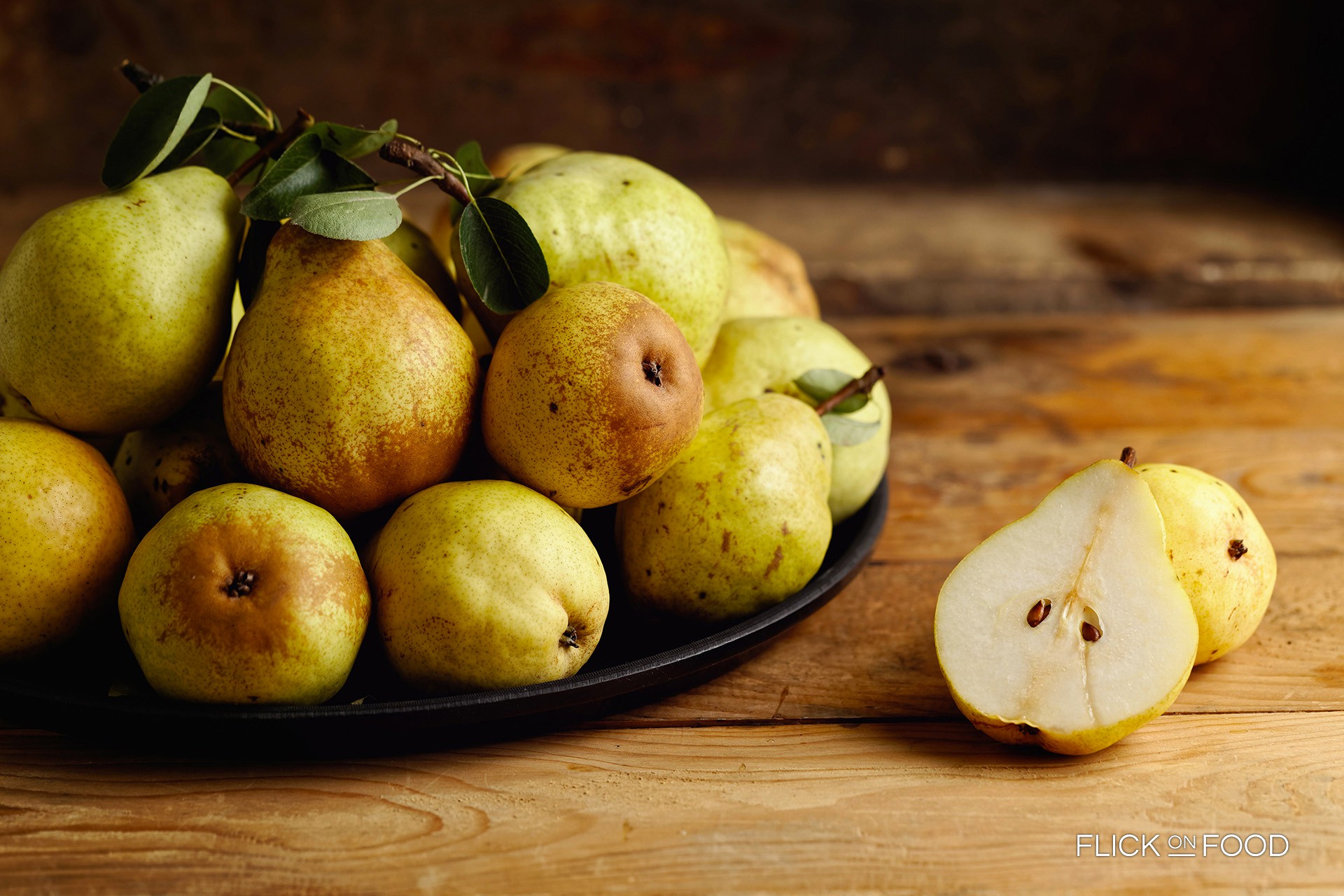
The queen of summer pears…a versatile fruit that’s as good with chocolate as with cheese.
Origin
This is a product that came from the city of Aldernaston in England around 1700. There is some debate on the exact timing of its cultivation, but in any case William Hooker was the one to describe this cultivar in 1816 with the name Good Christian pear. The pear was presented to the Royal Horticultural Society of London by Sir Richard Williams of Turnham Green, which is where it got its name. Their full name is Williams Bon Chretien, but we can call them “the queen of summer pears.” They reach their peak of ripeness in August. In fact, they’re harvested at the beginning of the month and the fruit can be preserved for another five months. They’re versatile–whether as an eating pear or as preserves. They’re green, almost yellow when ripe, and there’s also a red mutation. In Italy, they’re grown in Emilia Romagna and Veneto
Cookit
These pears have a juicy, light and sweet pulp, with light yellow-green skin. They have a strong fragrance almost reminiscent of moscato grapes. This is the most commonly used variety for preserves, juice, fruit salads, smoothies and cocktails. They’re ideal for tinning but also to eat fresh, and they’re dense pulp makes them perfect to preserve in syrup. They also go well in savory dishes, especially with cheeses and risotto. Williams pears also create a well known and excellent spirit (between 40-45% alcohol) which is clear in color and intensely profumed.
Did you know
The pear’s skin is a real cure-all. Rich in fiber, they are the gut’s best friend, and help in the fight against high cholesterol. It’s a very satisfying fruit with a high concentration of vitamins – features which make it a perfect snack, especially as part of a healthy diet.



